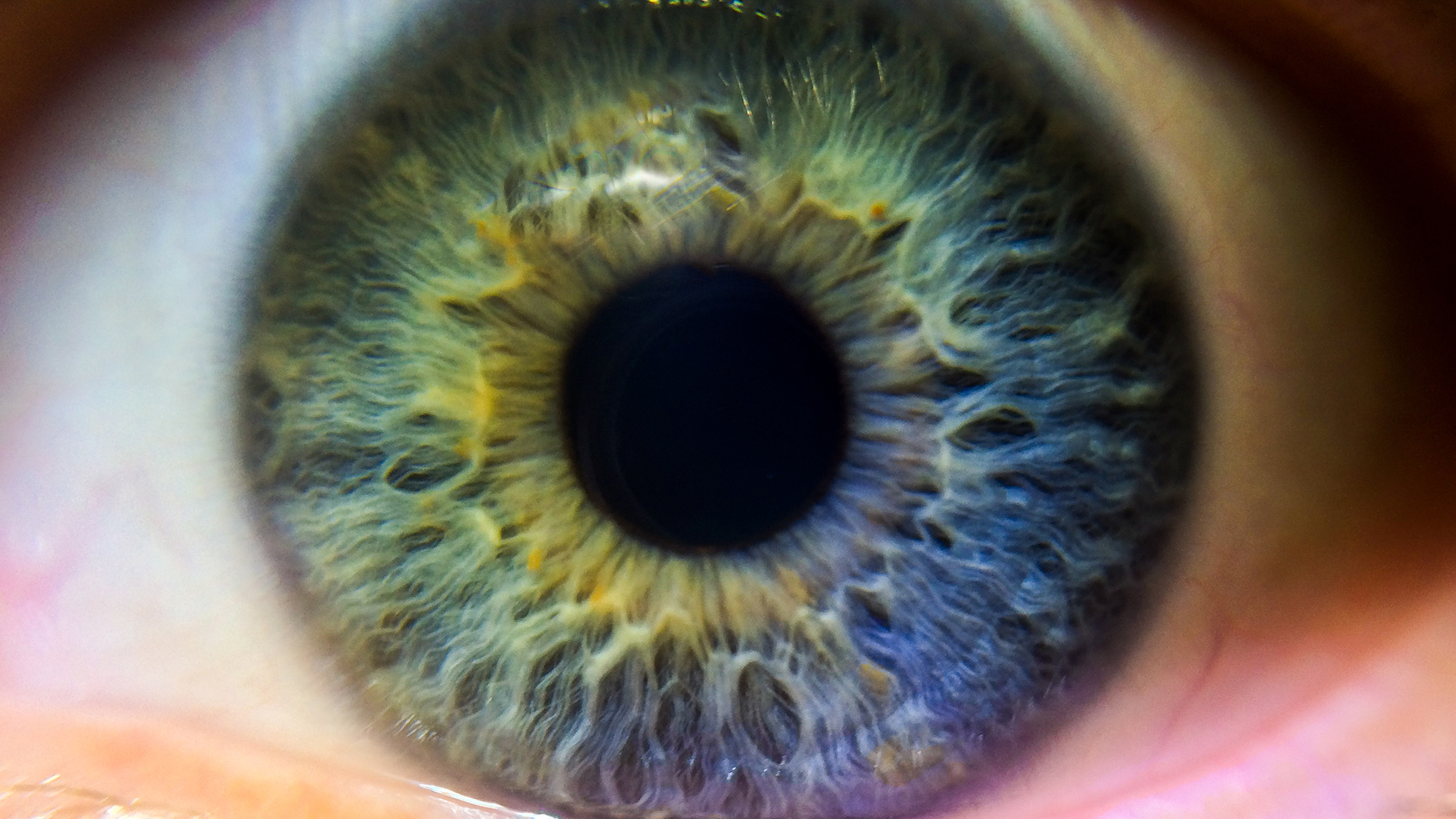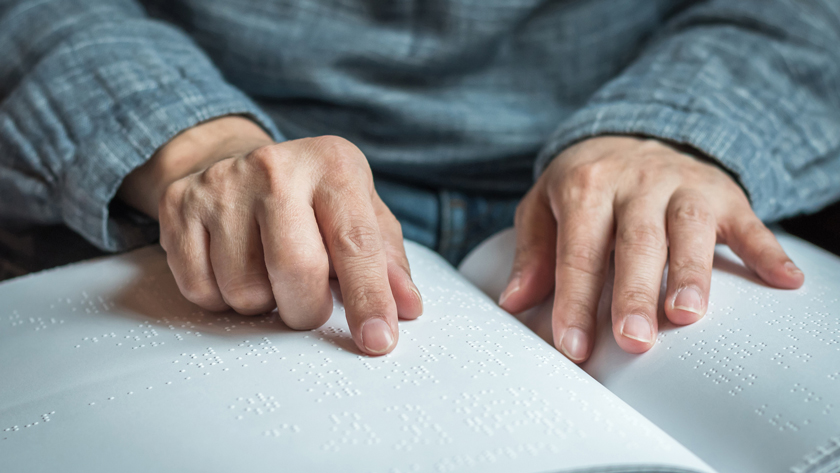Iveric rockets on mid-stage trial of Zimura in dry AMD

Shares in US biotech Iveric Bio have shot up after the company said its lead drug Zimura had slowed eyesight deterioration in patients with the dry form of age-related macular degeneration (AMD), a leading cause of blindness.
The phase 2b trial of Zimura (avacincaptad pegol) – a complement C5 inhibitor – reduced the rate of geographic atrophy (GA) in people with dry AMD compared to a control group. GA is the advanced stage of dry AMD and is thought to account for up to 20% of all cases of sight loss.
Iveric (formerly known as Ophthotech) says the reduction in the mean rate of GA growth over a year was 27.38% with a 2mg dose of Zimura injected into the eye, rising slightly to 27.81% with a 4mg dose. Both results were a significant improvement over a sham procedure.
After the data was revealed, Iveric – which is in the midst of a transition to a gene therapy specialist – said it might look into licensing out Zimura or entering into a partnership for its development.
AMD usually affects those in their 50s and 60s and appears in either ‘wet’ or ‘dry forms’. The wet form results from overgrowth of blood vessels in the back of the eye and already has a number of multibillion-dollar antibody treatments available, notably Novartis’ Lucentis (ranibizumab) and Biogen’s Eylea (aflibercept).
Dry AMD, caused by the slow deterioration of retinal pigment cells in the eye, is much more common but so far has no approved therapies, promising massive rewards for any company that get an effective drug to market.
“This is a major milestone for Iveric Bio and a potentially significant advancement for patients with GA secondary to dry AMD who currently have no treatment options,” said the biotech’s chief executive Glenn Sblendorio.
Iveric only announced its intention to become a gene therapy company focusing on inherited retinal diseases in April, so the positive data for Zimura gives it something of a quandary as it now lies outside its new focus.
Sblendorio said the company may decide to continue Zimura’s development in-house if no partner comes forward, but given the size of the potential opportunity in dry AMD that seems unlikely.
Iveric’s gene therapies are still back in preclinical development, so Zimura represents its fastest route to commercial revenues. The C5 inhibitor is also being developed for Stargardt disease, an inherited form of juvenile macular dystrophy that causes sight loss.













